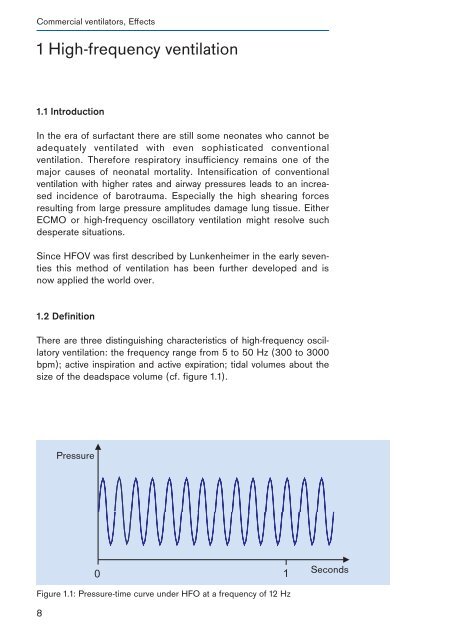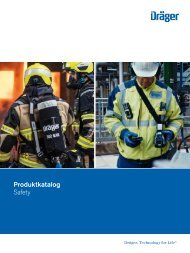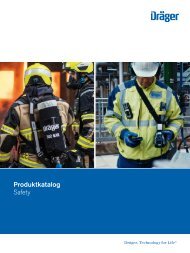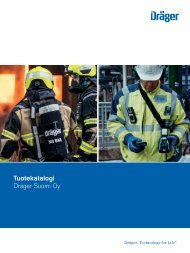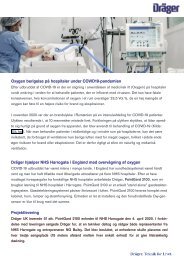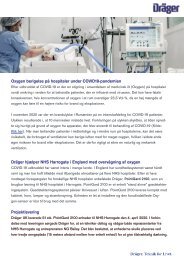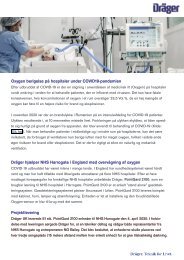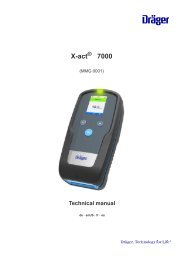High-Frequency Ventilation- Basics and Practical Applications
You also want an ePaper? Increase the reach of your titles
YUMPU automatically turns print PDFs into web optimized ePapers that Google loves.
Commercial ventilators, Effects<br />
1 <strong>High</strong>-frequency ventilation<br />
1.1 Introduction<br />
In the era of surfactant there are still some neonates who cannot be<br />
adequately ventilated with even sophisticated conventional<br />
ventilation. Therefore respiratory insufficiency remains one of the<br />
major causes of neonatal mortality. Intensification of conventional<br />
ventilation with higher rates <strong>and</strong> airway pressures leads to an increased<br />
incidence of barotrauma. Especially the high shearing forces<br />
resulting from large pressure amplitudes damage lung tissue. Either<br />
ECMO or high-frequency oscillatory ventilation might resolve such<br />
desperate situations.<br />
Since HFOV was first described by Lunkenheimer in the early seventies<br />
this method of ventilation has been further developed <strong>and</strong> is<br />
now applied the world over.<br />
1.2 Definition<br />
There are three distinguishing characteristics of high-frequency oscillatory<br />
ventilation: the frequency range from 5 to 50 Hz (300 to 3000<br />
bpm); active inspiration <strong>and</strong> active expiration; tidal volumes about the<br />
size of the deadspace volume (cf. figure 1.1).<br />
Pressure<br />
Figure 1.1: Pressure-time curve under HFO at a frequency of 12 Hz<br />
8<br />
Seconds


